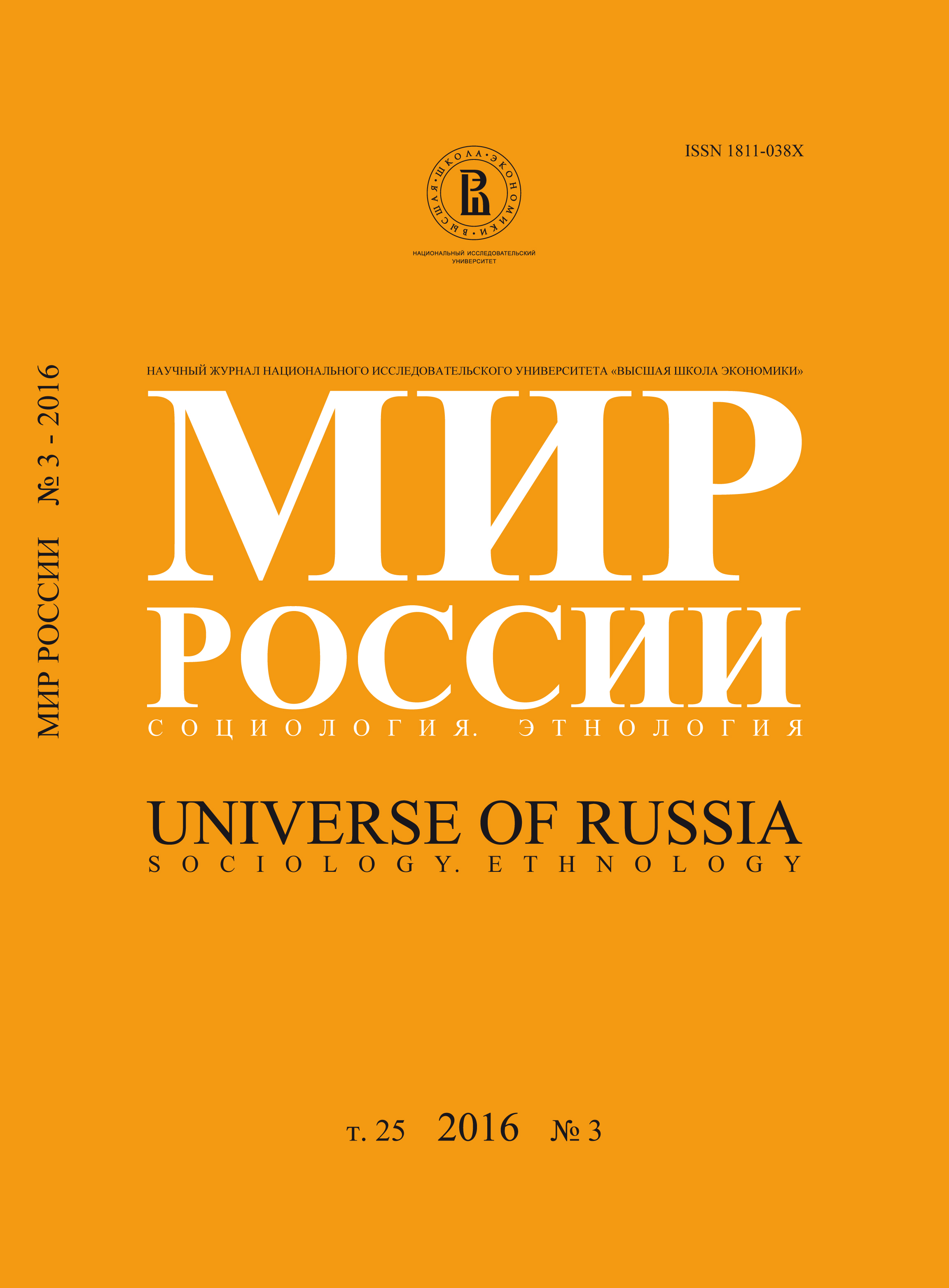Modern Networks and Infrastructures in Lightof the Risk-Society Theory
Abstract
Oleg Yanitsky – Doctor of Sciences, Professor, Chief Researcher, Institute of Sociology, RAS. Address:bld. 5, 24/35, Krzhizhanovskogo St., Moscow, 117218, Russian Federation. E-mail: oleg.yanitsky@yandex.ru
Drawing on a review of risk and network studies, his own experience in these research areas including case-studies of three current critical events, the author has organized his argument into ten theses related to the changes accompanying the development of globalization. First, in the all-penetrating risk society, all social institutes and ordinary people should be prepared to respond to network-like risks both globally and locally. Second, the environment of these risks is a ‘collective actor’ and it bites back if its carrying capacity is exceeded. It seems therefore more productive to analyse actor-environment relationships together. Third, in our tightly intertwined modern society any long-term and well-organized protest action would have a cascading effect. Thus the maxim of ‘the strength of a weakness’ is confirmed and the relationship between privacy and security should be reconsidered. Fourth, modern ‘network wars’ have neither fronts nor margins. Their cells, troops and individual combatants are mobile and flexible. Therefore, they adapt easily to any social environment and have become invisible. Fifth, today Touraine’s ‘return of the actor’ principle is laden with the risk of the actor’s consciousness being manipulated. Mobile and socially immature individuals have become Janus-like, their everyday behaviour is often directed by the media reprogramming his/her worldview. Sixth, the concept of a primary eco-structure (i.e. basic micro-social structure) should be reconsidered. It can no longer be seen as a crucial factor for the maintenance of the inclusion-exclusion balance. Individuals should constantly correlate their life-plans with unintended risks. The balance between the public and the private, between openness and closeness should be reconsidered. Seventh, small disorganizing actions at the nodes of social networks may have not only a large one-time critical impact but a long-term cascading effect as well. Eighth, Beck’s concept of a global risk society has been confirmed. He was right when stating that the risks of this society have an inherent nature: the society produces not only ‘goods’ but ‘bads’. But these ‘bads’ produce ‘windows of opportunities.’ Ninth, well-structured and human-oriented civil networks are an antidote to terrorist attacks. We ought to study the forms of covert (hidden or concealed) activity as carefully as we have studied other forms of communication. This type of inclusive field research is dangerous but absolutely necessary. Tenth, scholars and scientists cannot understand anything if they fail to apply a problem-oriented and multidisciplinary methodology in their studies both in situ and elsewhere.






